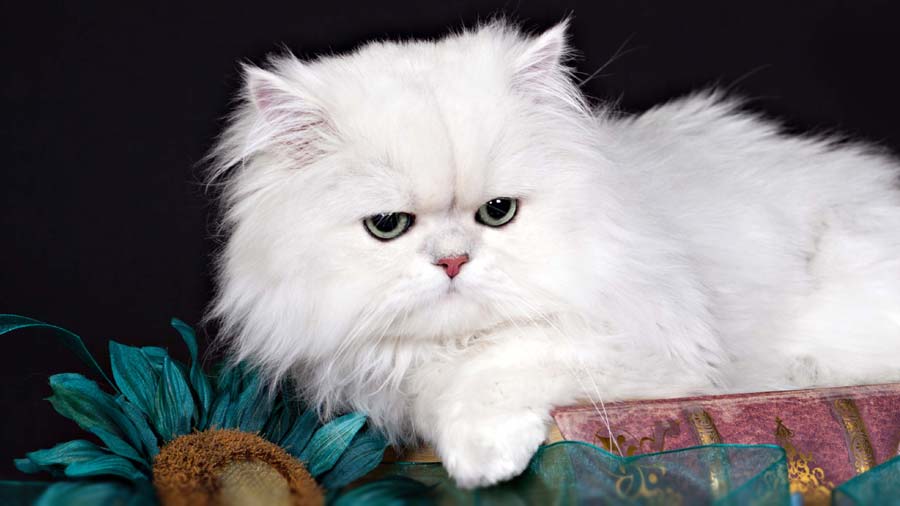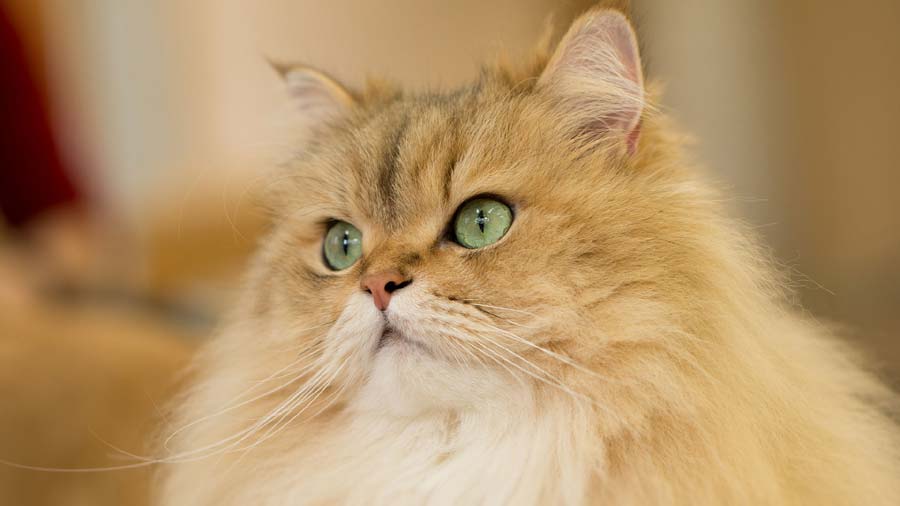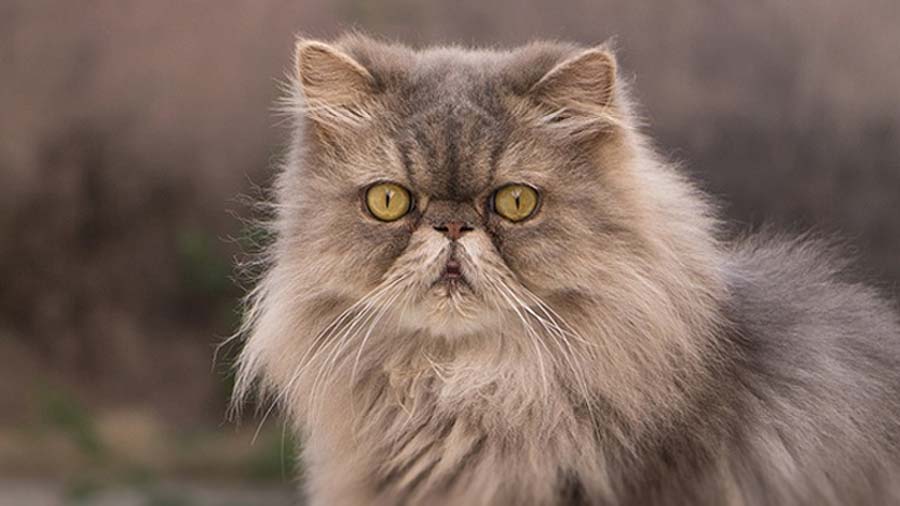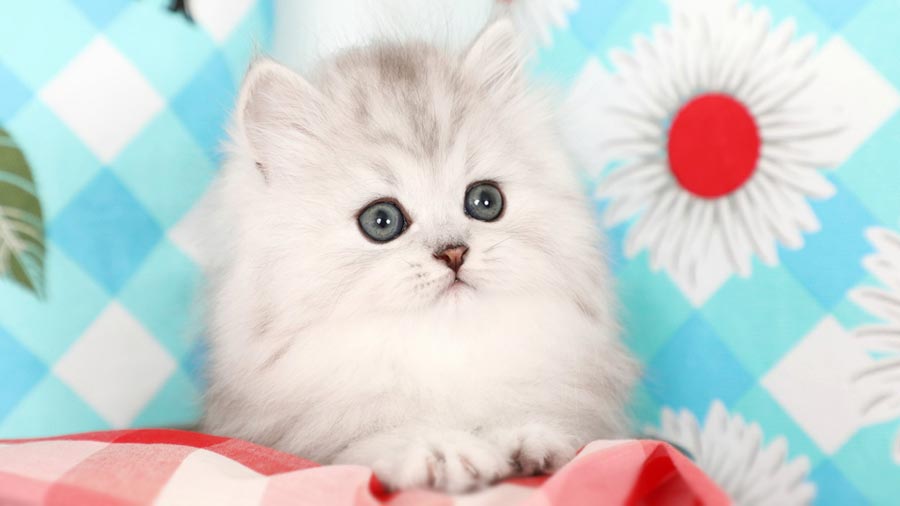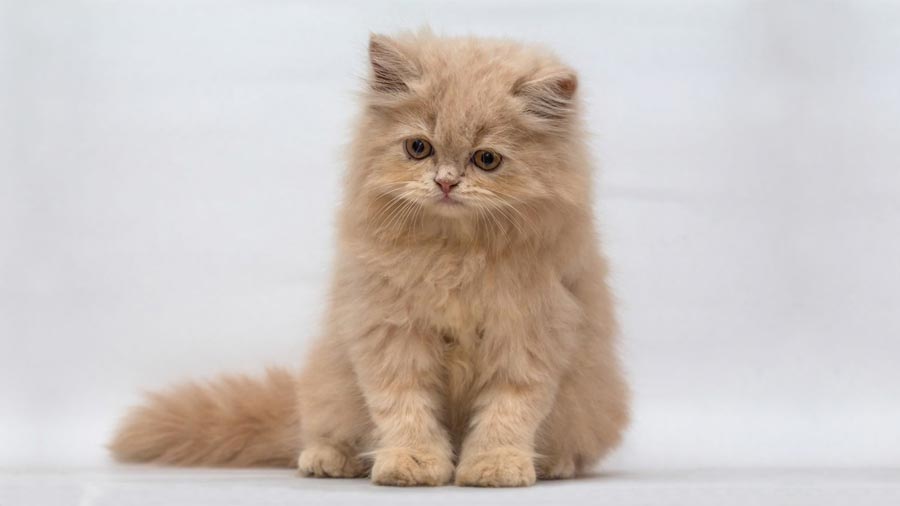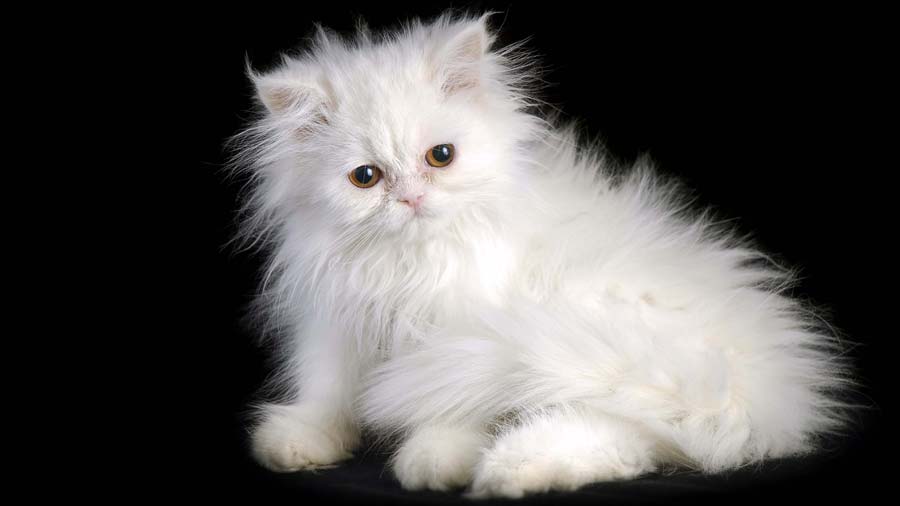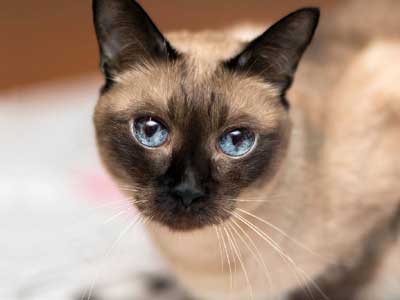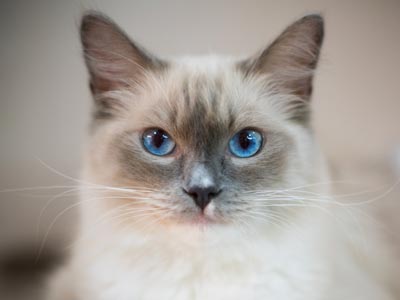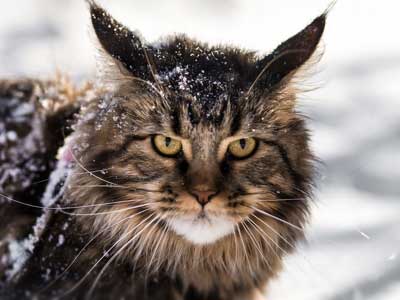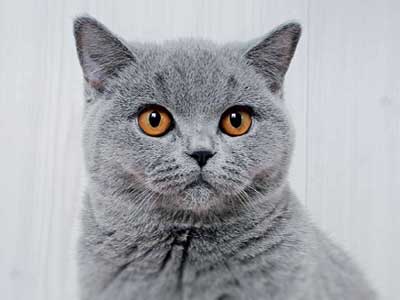Persian
Breed Information |
|
|---|---|
| Popularity |
2018: #4 2017: #4 |
| Name | Persian |
| Other names | Longhair, Persian Longhair, Shiraz, Shirazi |
| Origin |  Iran (Persia) Iran (Persia) |
| Size | Medium to Large |
| Coat |
Glossy Longhair Silky |
| Lap Cat | Yes |
| Life span | 14-15 years |
| Temperament |
Affectionate loyal Sedate Quiet |
| Weight |
Males: 9-13 pounds Females: 8-12 pounds |
| Colors |
White Blue Black Red Cream Chocolate Lilac |
| Kitten Prices |
Average $1500 - $3000 USD We have all heard the old adage "you get what you pay for." Persian cats are purebred and are expensive for that reason. Depending on the breeder, type, and heritage. In America, prices for Persian kittens range from $1300-$5000 depending on fur colour, but the white Persian cat is more coveted than any other color. |
Breed Characteristics |
|
|---|---|
| Adaptability |
5 stars |
| Affection Level |
5 stars |
| Child Friendly |
2 stars |
| Dog Friendly |
1 stars |
| Energy Level |
1 stars |
| Grooming |
5 stars High Maintenance: Frequent grooming is advised to keep its coat in top notch shape. Besides spending quality time, grooming will keep the coat clean and healthy and will allow you to check for serious problems. Frequency should be daily. |
| Health Issues |
4 stars Hypoallergenic: NoHealth Problems: Unfortunately, it is known to have a myriad count of illnesses and conditions. Owners with these cat breeds should prepare for some long-term medical costs or hedge their risks with pet insurance. |
| Intelligence |
3 stars |
| Shedding |
5 stars Constant Shedding: Shedding will occur often for this cat breed. It is suggested to brush and comb its coat regularly to reduce the risk of it developing hairballs. Be prepared also to vacuum often. |
| Social Needs |
4 stars |
| Stranger Friendly |
2 stars |
| Vocalization |
1 stars Low Vocalization: It is known to be quiet. Therefore, owners shouldn't be concerned of excessive and undesirable crying or meowing, especially at night. |
Kitten Names |
||
|---|---|---|
| Rank | Male | Female |
| 01 | Mikesch | Mittens |
| 02 | Toby | Ella |
| 03 | Oliver | Maisy |
| 04 | Coco | Oreo |
| 05 | Loki | Kitty |
| 06 | Ace | Angel |
| 07 | Milo | Molly |
| 08 | Aaron | Amber |
| 09 | Leo | Sienna |
| 10 | Symba | Angelina |
| 100 Cute Kitten Names › | ||
Overview |
|---|
|
The Persian, also known as the Persian Longhair, is an elegant, graceful, gentle breed whose most distinguishing characteristics are its remarkable coat and its unique head. Today, the Persian is one of the most popular of all feline breeds due to its exceptional beauty, kind temperament and easy-going disposition. While their basic temperaments have changed little over time, their conformation and overall appearance have changed considerably. Modern Persians are medium to large in size and stocky, with short thick legs, massive rumps and distinctively cobby profiles. Their large, round paws are tufted with fur. The Persian’s head is broad in skull, round and unusually large for the size of its body, while its ears are especially tiny in comparison and are tufted, which is called having “ear furnishings.” The Persian’s eyes are big, round and very expressive. Whatever their color, deepness of eye color is preferred in this breed. The Persian’s open, pansy-like face is famously flat, with a perky up-turned nose and an extremely short muzzle that is barely noticeable. Its neck is short and thick, with a distinctive mane-like ruff, and its tail is short and bushy. The heads and facial features of Persians have become increasingly exaggerated over time. The coat of the Persian has also become more exaggerated over the years. It is extraordinarily long, silky, dense, fine and profuse. Persians have an extremely thick, soft undercoat, with a longer outer layer made up of more coarse guard hairs. The Persian’s coat requires daily grooming (including brushing and combing), along with regular bathing, to prevent the development of nasty tangles and mats. This is necessary whether or not the cat is being entered in the show ring. Persians tend to shed year-round, even more so than other long-haired breeds. They should be housed exclusively indoors to protect their prized coats, as well as to protect them from parasites and other perils of outdoor living. |
Children & Other Pets |
|
The Persian is generally described as a quiet cat. Typically placid in nature, it adapts quite well to apartment life. Himalayans tend to be more active due to the influence of Siamese traits. In a study comparing cat owner perceptions of their cats, Persians rated higher than non-pedigree cats on closeness and affection to owners, friendliness towards strangers, cleanliness, predictability, vocalization, and fussiness over food. |
References
- [1] ^ YouTube: How to Identify Types of Persian Cats
- [2] ^ YouTube: DON'T Get A PERSIAN CAT before watching THIS!
